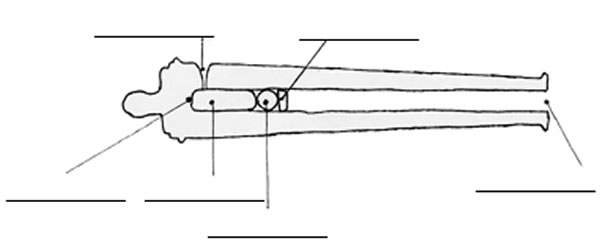Sea Battles
A truck carriage with a 24lb cannon and a field carriage with a 18lb cannon.

When the English navy and the Spanish navy fought battles at sea the Admirals of each navy wanted to fight the battle a different way. The English navy had smaller, faster ships, and could fire their cannons much faster than the Spanish. This was because their cannons were mounted on a kind of carriage called a truck carriage, which took up less room than the Spanish cannons on field carriages.
The Spanish navy had bigger ships which carried more soldiers than the English ships, but less powerful cannons. This meant that in a battle the English wanted to keep a long way from the Spanish and use their cannons to sink an enemy ship, while the Spanish wanted to get close to enemy ships and board them. To board a ship means to send soldiers onto an enemy ship to try to capture it. Because the English ships were faster and had better cannons they could avoid getting close enough for the Spanish to board them, but still shoot the Spanish with their cannons.

Loading a Cannon
Tudor cannons came in many different sizes, from cannons firing a ball weighing 1 lb (0.45 kg) to ones firing a 48 lb (21.8 kg) ball. Different size cannons had different names such as minion, saker, and culverin. Whatever size a cannon was, it was loaded and fired in the same way. First a charge of gunpowder was placed in the muzzle (the opening at the mouth of the cannon) and pushed down to the breech (the back end of the barrel). Next a cannon ball was pushed down to sit in front of the gunpowder. Third, a wad of linen was pushed down after the ball to hold it all in place. Lastly a small amount of gunpowder was poured into a hole in the breech called a touch-hole. The gunpowder in the touch-hole was lit using a piece of smouldering match-cord, which then set off the main charge in the breech.
Do you know:

Above is a diagram of a loaded cannon, can you label the following parts correctly? Breech, Cannon Ball, Gunpowder, Muzzle, Touch-hole, Wad.






